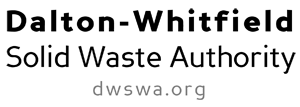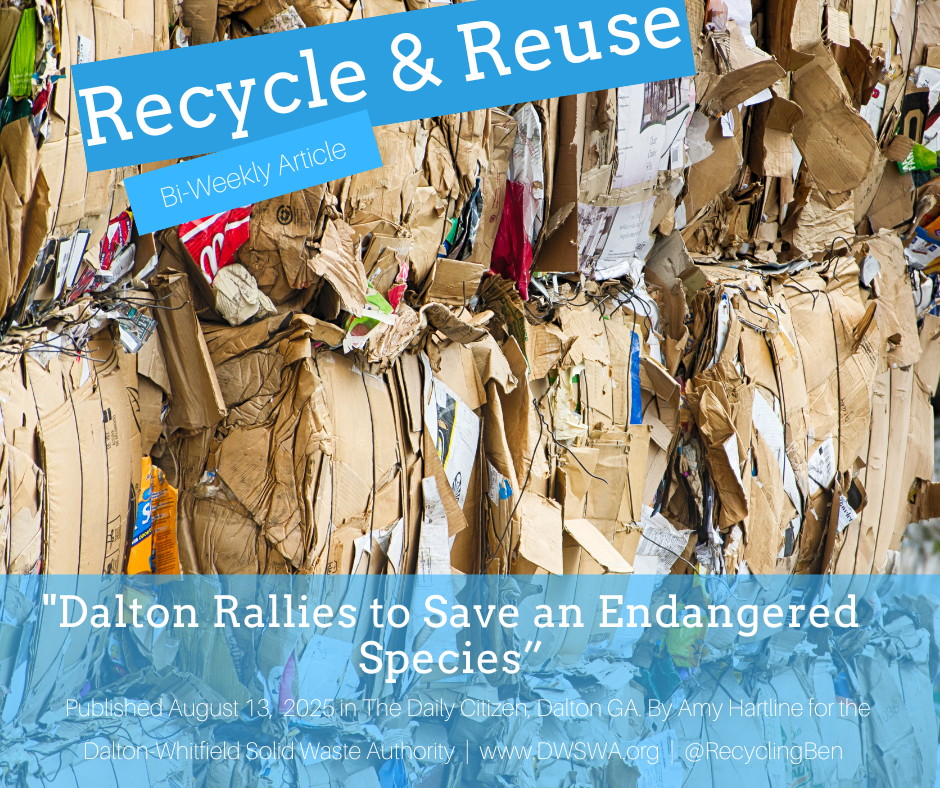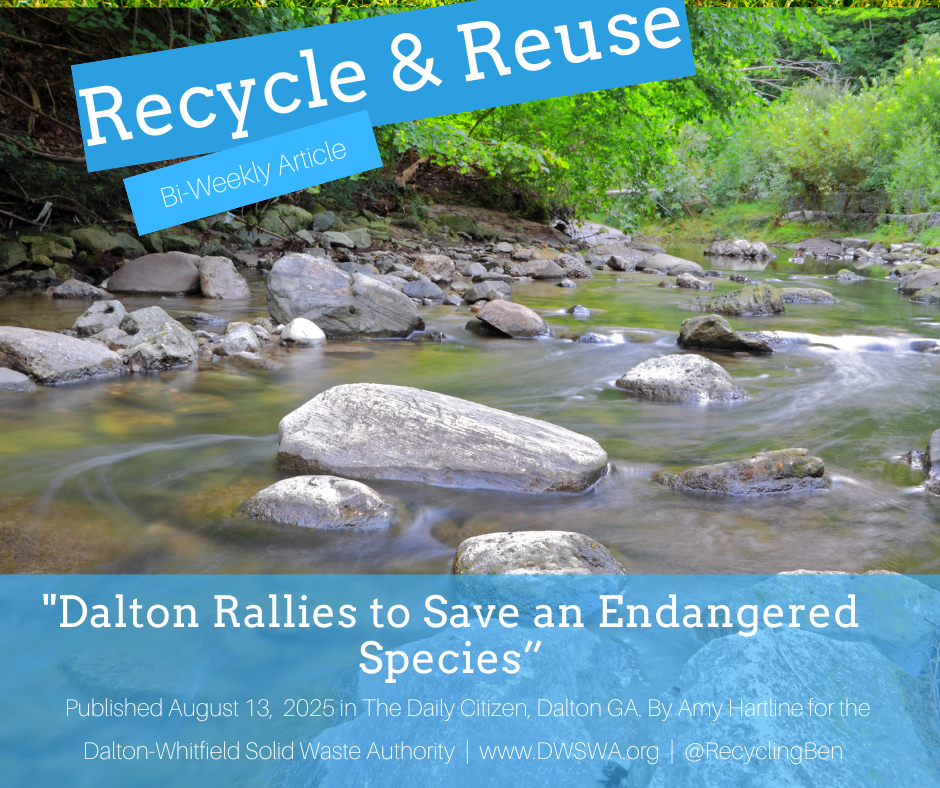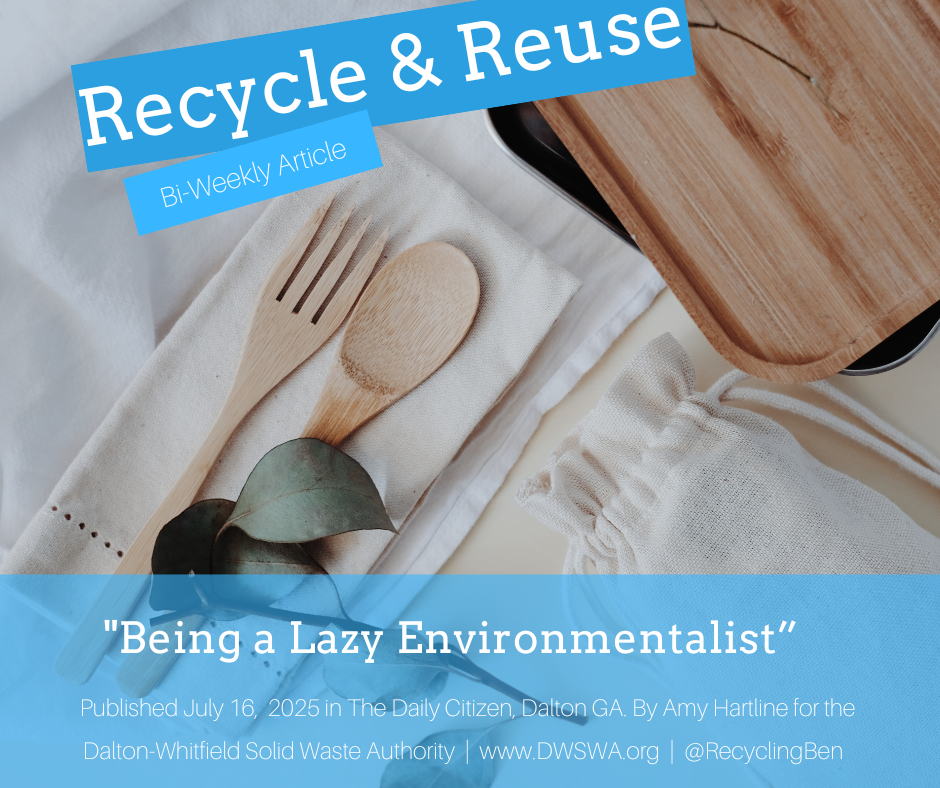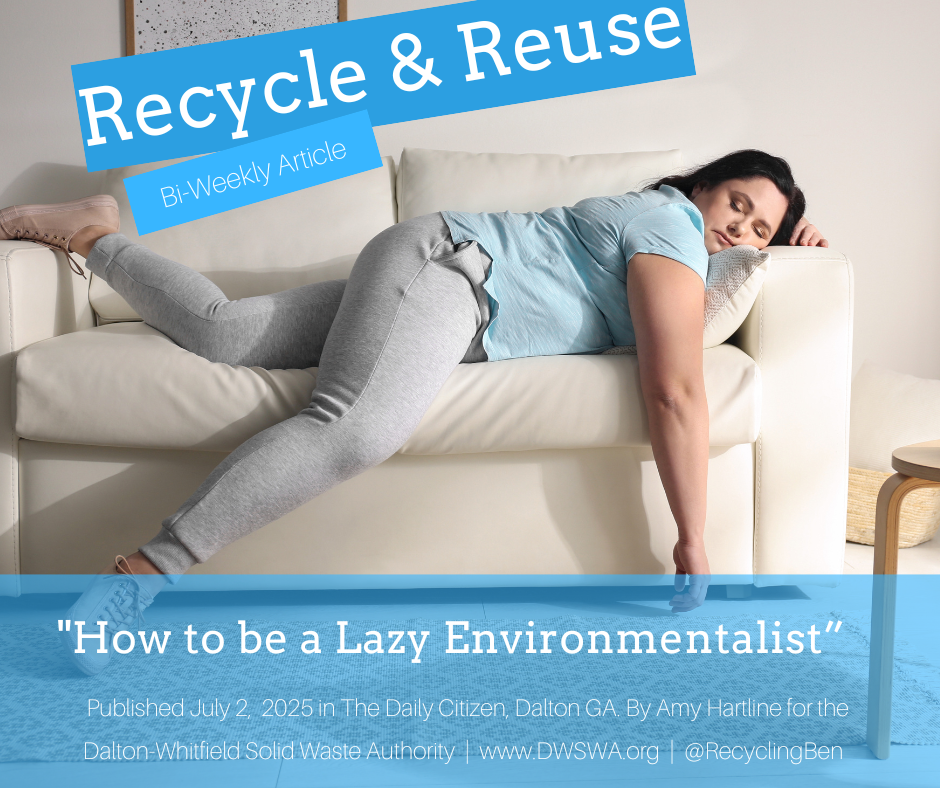Encouraging Others to Be More Eco-Friendly
/The Recycle Across America online label store (recycleacrossamerica.org) offers a wide variety of ready-made, full color recycling bin labels for use in offices, schools, and other public places. Placing the right signage on recycling bins is one way to encourage others to recycle too.
If you’re reading this column every week you’re probably one of our local super recyclers who take the time to recycle absolutely everything possible. Seeing a lonely plastic soda bottle in a trash can instead of the breakroom recycling bin sends chills down your spine. Witnessing a co-worker place a perfectly good recyclable soup can in the trash instead of rinsing it out and taking it home to recycle it at the curb makes your face turn red hot with anger.
You’re probably thinking, “Don’t they realize that their throwing away resources that could be used again?” Yes, recyclable materials that actually get recycled are used to make new products in place of valuable virgin or raw materials. It’s a practice that is environmentally friendly, and in most cases, even economically friendly. Throwing recyclables in the trash is just plain wasteful.
But, before confronting a co-worker, family member, or friend in a huff about their questionable waste management practices, consider other ways to encourage them to be eco-friendlier. Sure, you want to convince them to recycle, turn the lights off, and carpool more – but being pushy about it will lead to resentment and in the end turn people off to the idea of being eco-friendly in the first place.
I’m an advocate of leading by example. For example, you pack lunch in reusable containers and use reusable cutlery every workday. At the end of your lunch break you have nothing to throw away while your co-workers spend several extra minutes throwing things away. At this point you don’t need to say anything, don’t offer advice, don’t say your way is better – just be a good consistent example.
Eventually one of them notices you have extra time to enjoy lunch and asks you for some advice. Now you can explain (in a non-judgmental way) that you just love packing a zero-waste lunch because it saves you time, and it’s even good for the environment. Perhaps you’ll inspire them to try a few reusable items of their own next time.
The same goes for recycling. If you have a plastic soda bottle with you always take the few extra steps to get the bottle to the recycling bin. Pick up a stray bottle or two that is in the wrong place and carry it to the recycling bin. Eventually someone will observe what you’re doing and follow suit, or at least ask how you know where to put what product. This is where you can step in with your company’s recycling guide, or point out the recycling signage at the bin.
Since recycling and doing eco-friendly things takes extra work, especially for those who have never done so, it’s a good idea to tell people why they should do certain things. Perhaps the company you work at has a green initiative where the whole company is encouraged to recycle. Or, you can share some recycling facts like, “recycling one plastic bottle saves the energy equivalent of powering a 60-watt light bulb for three hours.” The why behind the action is another way to encourage greener actions.
Sometimes people don’t recycle or do other eco-friendly things because it’s just too confusing or not convenient. One way you can help is to make recycling more accessible. In an office setting you may have recycling bins available, but no signage indicating what can be recycled. This results in no recyclables, or even the wrong kind of recyclables, being placed in the bin.
Remove uncertainty by placing a simple sign at each recycling bin that lists or shows a picture of what should be recycled. Some companies recycle only paper and cardboard, while others have more options and can recycle plastic bottles too. If you work for a large organization these recycling signs may already exists. Identify the right person that can provide signage for you. Or visit www.recycleacrossamerica.org to order pre-designed full color signage.
Recycling bins and trash cans are buddies. They can be placed next to each other to make it a convenient one-stop shop for properly disposing of waste. The most important thing is the label or signage so the right types of products are placed in the right bin. Ultimately signs with a photo of the product that can be placed in a particular bin are most effective.
As you’re encouraging others to be eco-friendlier remember to always be a good example. And, when someone asks for advice don’t be a nag about it. Empower them to do the right things on their own. Ultimately we can’t force people to do what we want. But, we can strive to encourage and inspire for a better, greener future.
